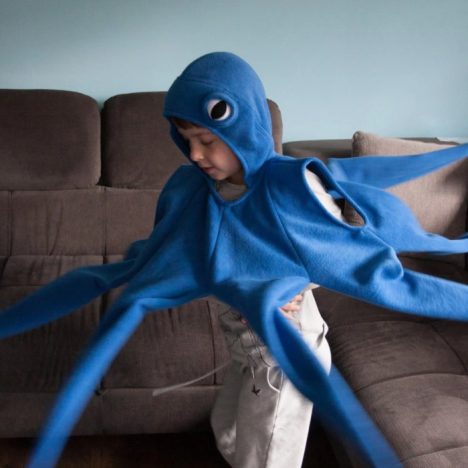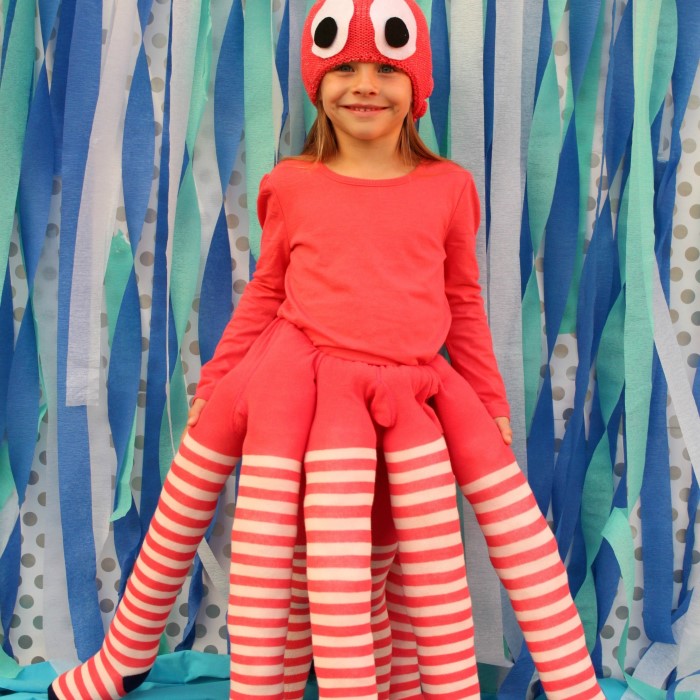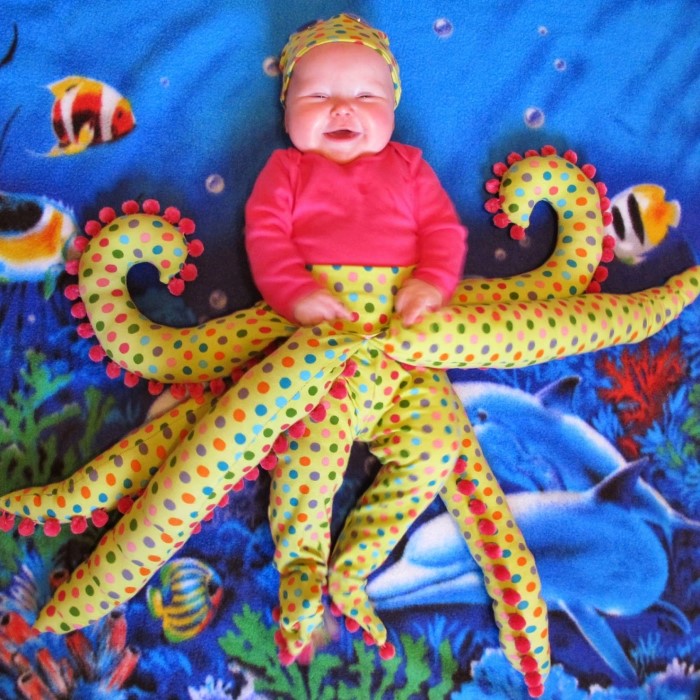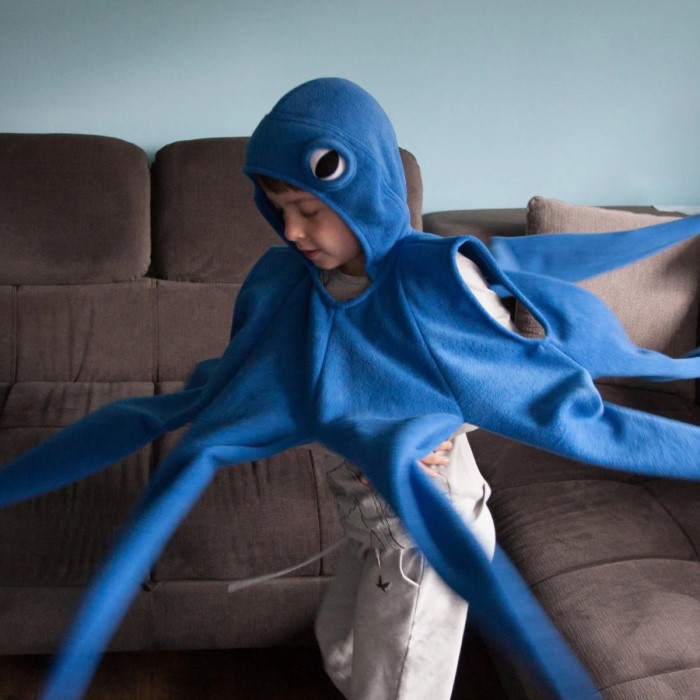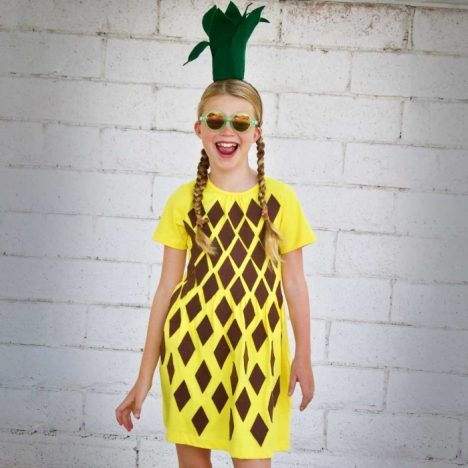Contents
Introduction
The allure of an octopus costume is undeniable, especially for those who marvel at the wonders of the ocean. With their unique shape and vibrant colors, octopuses have fascinated people for centuries. Whether for Halloween, a school play, or a themed birthday party, dressing as this clever sea creature can make for a memorable experience. Creating your own octopus costume can be a fun project that allows for creativity and personal expression. In this comprehensive guide, we’ll provide you with detailed steps to craft an eye-catching DIY octopus costume, perfect for anyone looking to stand out at their next event. Prepare for a deep dive into the world of octopus-themed creativity!
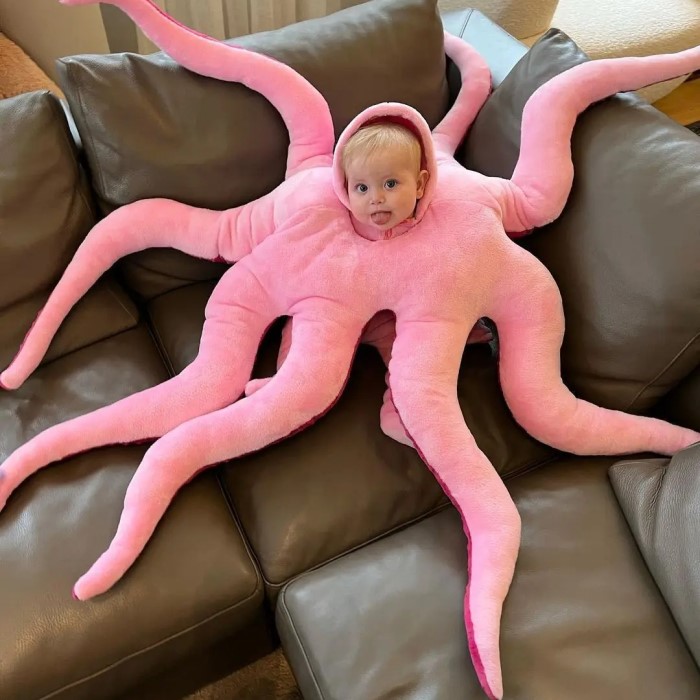
Understanding Octopuses: A Brief Overview
Choosing to dress as an octopus brings not only aesthetic appeal but also educational opportunities. Here are a few reasons why an octopus costume is a fantastic choice:
- Symbol of Intelligence: Octopuses are known for their intelligence and problem-solving skills. They can escape from enclosures and use tools, making them a popular subject for fascination in marine biology and conservation.
- Vibrant Colors and Patterns: The natural colors of octopuses can be striking. From blues and purples to reds and yellows, the vibrant hues provide a great foundation for a visually captivating costume that will surely grab attention.
- Myth and Mystery: Octopuses have been featured in various myths and folklore, often representing mystery and the unknown depths of the ocean. This connection to myth adds an intriguing element to the costume.
- Versatility: An octopus costume can cater to a range of themes, from whimsical and cartoony to realistic and artistic. This versatility makes it suitable for kids, teens, and adults alike, ensuring everyone can join in the fun.
Preparing to Create Your DIY Costume
Before you start crafting, gather all the necessary materials to ensure a smooth building process. Here’s a detailed list of items you’ll need:
- Base Outfit: Choose a long-sleeve shirt or dress that will serve as the foundation of your octopus costume. Bright colors like blue, purple, or even a multicolored fabric are ideal to mimic the look of an octopus.
- Tentacle Material: Use foam sheets, lightweight fabric, or an old pair of stockings to create the octopus tentacles. Ensure the materials are flexible enough to create a lively shape.
- Hot Glue Gun: This essential tool will aid in attaching tentacles and other accessories. Always have extra glue sticks on hand to avoid running out mid-project.
- Stuffing: Use cotton balls, polyester stuffing, or even crumpled newspaper for filling the tentacles. This adds volume and a three-dimensional effect.
- Decorative Items: Consider gathering googly eyes, sequins, or sea-themed embellishments to personalize your costume. Small shells, beads, or even faux pearls can add an enchanting touch.
Crafting the Tentacles: Step-by-Step Instructions
The tentacles are the signature element of your octopus costume. Here’s how to create them step-by-step:
- Cut the Material: Begin by cutting your foam sheets or fabric into long strips. Each tentacle should be approximately six feet long and about six inches wide to create a realistic length.
- Shape the Tentacles: To mimic the natural curves of octopus tentacles, cut the edges of each strip into wavy patterns. This step adds an organic feel to your creation.
- Stuff and Seal: Fill each tentacle with your chosen stuffing material to give them volume. After stuffing, seal the open end securely using a hot glue gun to ensure the filling stays in place.
- Add Suction Cups: Use small circles cut from leftover fabric or foam to create suction cups, attaching them along the length of each tentacle. These can be glued on for added realism.
- Embellish the Tentacles: Use googly eyes or other decorative elements to enhance the visual appeal of the tentacles. Creativity is key, so feel free to add sequins or glitter to make them sparkle!
Assembling Your Octopus Costume
After crafting the tentacles, it’s time to assemble your entire octopus costume. Here are the steps to tie it all together:
- Dress Up: Start by putting on your base outfit. Make sure it’s comfortable and allows for movement. The base piece should feel good as you will be wearing it for extended periods.
- Attach the Tentacles: Begin attaching the tentacles to your outfit. You can glue them directly to your shirt, ensuring they drape downwards for realism, or use safety pins if you want a temporary solution.
- Positioning of Tentacles: To enhance realism, position the tentacles around your waist and let them hang down. This arrangement mirrors how an octopus would naturally appear and adds to the overall effect.
- Consider Adding a Hood: If you want to mimic the octopus head, consider creating a simple hood with additional fabric. This feature will help complete your look, especially when paired with face paint.
Ensuring Comfort and Safety
While a visually appealing costume is essential, comfort is equally important, especially for kids. Here are some tips to ensure a comfortable fit:
Test the Costume for Fit
- Importance of Fit: Ensuring that the costume fits well is crucial for your child’s comfort and overall enjoyment of the event. A properly fitted costume enhances the experience by allowing freedom of movement and preventing discomfort.
- Trial Run: Before the big day, have your child try on the costume in a comfortable environment. This trial run allows you to observe how the costume fits in real time and gives your child the opportunity to express their feelings about its comfort.
- Identifying Problem Areas: While your child is trying on the costume, pay close attention to areas that may be too tight or restrictive. Key areas to check include the shoulders, arms, and legs. If any part seems uncomfortable or limits movement, make a note to alter it.
- Making Adjustments: If you encounter any restrictive areas, take action to adjust the costume. This could involve loosening seams, adding elastic bands, or even taking in or letting out fabric where necessary. Making these alterations ensures your child can move freely and enjoy their time without any hindrances.
Plan for Temperature
- Temperature Awareness: When attending events such as Halloween parties, the temperature can vary significantly. It’s important to consider both indoor and outdoor settings, as well as the time of day, when planning what your child will wear.
- Layering Options: If the forecast predicts cooler weather, think about layering clothing underneath the costume. Lightweight, breathable layers such as long-sleeved shirts or fitted thermal tops can add warmth without making the outfit bulky or uncomfortable.
- Choosing Materials Wisely: Selecting appropriate materials for layering is critical. Opt for fabrics that wick moisture away from the skin to keep your child comfortable. Cotton blends or moisture-wicking fabrics can help regulate their temperature and prevent overheating, making it easier for them to stay active.
- Adjusting for Warm Weather: Conversely, if the event is likely to be warm, plan to have an outfit that is lightweight and allows for breathability. Opt for costumes made from light fabrics to ensure your child is cool and comfortable throughout the event.
Mobility is Key
- Encouraging Active Play: Children are inherently active and love to run, jump, and play, especially during exciting events like Halloween. This is why mobility should be a top priority when selecting or designing a costume.
- Practice Makes Perfect: Encourage your child to move around while wearing the costume in a safe space. This practice will allow them to get used to the feel of the costume and enables them to make adjustments on the fly, like adjusting how they walk, run, or sit.
- Building Confidence: This rehearsal provides an opportunity for your child to feel confident in their costume. Understanding how to move comfortably in it helps alleviate any nervousness they may experience on the event day.
- Incorporating Fun into Practice: Turn the practice session into a fun game. Let your child show off their “moves,” create an obstacle course in the living room, or encourage them to run around the yard. Fostering this playful attitude will build excitement for the event and help them feel more prepared.
Enhancing the Octopus Look
Once your main costume is complete, you can enhance your octopus costume further with a few creative tweaks:
- Makeup: Use colorful face paint to match the costume, creating patterns similar to octopus skin. Shades of blue, green, or purple can transform the overall effect. Draw tentacle-like designs that flow from the costume onto the face for added flair.
- Creative Hair Accessories: Incorporate colorful ribbons or yarn for a fun hairdo. These accessories can mimic seaweed or ocean currents, enhancing the underwater theme.
- Fun Props: Consider carrying props such as a fishing net or plush sea creatures. This not only adds to the costume but invites further role-play opportunities.
Conclusion
In conclusion, creating your own octopus costume can be a fulfilling and enjoyable project that allows for creativity to shine. By following the steps outlined in this guide, you will craft a unique and eye-catching costume that will surely leave a lasting impression at any event. Not only will you embrace the whimsical charm of an octopus, but you will also enjoy the satisfaction of making something yourself. So gather your materials, let your imagination flow, and prepare to showcase your incredible sea creature look with pride!
